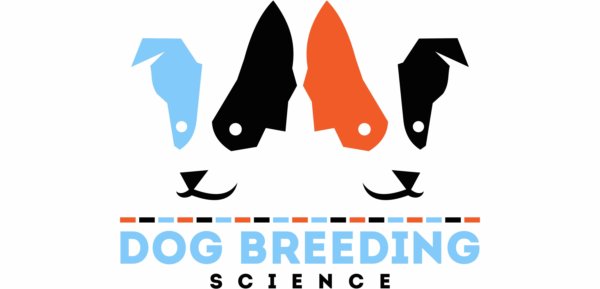Cleft palate (CP1)
Summary
A cleft palate occurs when the roof of the mouth (palate) doesn't fully fuse during development before birth, leaving a gap. Cleft palates can range from very small openings to large holes that connect the mouth directly to the nasal passages. Small clefts might cause minor problems, but large ones can be life-threatening, making eating and breathing too hard for the puppies.
Testing can help identify dogs that carry the mutant form of the gene that causes cleft palate. There is a separate test for cleft palate with syndactyly (toe webbing/fusion) in Tollers.
Cleft palate is an autosomal recessive disorder. Autosomal disorders are equally likely to affect male or female dogs. "Recessive" means that a dog must inherit the mutant form of the gene from both its parents to be affected. Dogs with one copy of the gene will not be affected. However, they could pass the gene on to offspring.
Gene or region and technical reference
Gene: DLX6 (causative). Reference: Wolf et al. (2014)
Reported alleles
n. Test developed using manufactured DNA, animal controls.
CP1. Test developed using manufactured DNA, animal cases.
Panels: groups of tests that are often ordered together
This test is not in any panels.
